Description
Active Substances
Nerisona C Cream is fortified by the dynamic duo of Diflucortolone Valerate and Klorkinaldol. The former, a glucocorticoid, unfolds its steroid prowess to abate inflammation.
Form and Packaging
Contained within a 15-gram tube, Nerisona C Cream manifests in the form of a soothing dermal balm.
Indications
The cream assumes the mantle of a dermatological maestro, orchestrating relief in the realms of inflammatory and allergic skin maladies. Its symphony resonates in the reduction of inflammation, ushering solace against itching, burning, and pain.
Dosage and Administration
Applied thinly to afflicted skin areas 1-2 times daily, the dosage dance is a delicate choreography. Cautionary notes echo against prolonged use exceeding 3 weeks or expansive application surpassing 20% of the body surface.
Dosage Guidelines
| Application Frequency | Dosage Parameters |
|---|---|
| 1-2 times daily | Thin application on affected areas. |
| Duration | Avoid prolonged use (>3 weeks) and large-scale application (>20% body surface). |
Side Effects
Nerisona C Cream, akin to its medicinal counterparts, unveils a spectrum of potential side effects. A vigilant user must heed the following warnings:
- Skin Irritation:
- Burning, itching, and redness at the application site.
- Allergic Inflammation of the Skin:
- Contact dermatitis, a skin allergic inflammation.
- Acne or Oily Skin:
- Skin alterations, including acne development or increased oiliness.
- Painful, Red, or Itchy Pus-Containing Blisters in Hair Follicles:
- A severe manifestation demanding immediate attention.
- Reddish-Purple Lines (Stretch Marks):
- Development of stretch marks, a distinctive side effect.
- Skin Color Changes:
- Alterations in skin coloration.
- Softening of the Skin:
- The skin’s texture may soften with prolonged use.
- Unusual Increase in Hair Growth:
- An atypical surge in hair growth.
Side Effects Overview
| Side Effect | Manifestation |
|---|---|
| Skin Irritation | Burning, itching, and redness. |
| Allergic Inflammation of the Skin | Contact dermatitis. |
| Acne or Oily Skin | Skin alterations, acne, or increased oiliness. |
| Pus-Containing Blisters in Hair Follicles | Severe blisters requiring immediate attention. |
| Reddish-Purple Lines (Stretch Marks) | Development of stretch marks. |
| Skin Color Changes | Alterations in skin coloration. |
| Softening of the Skin | Texture softening with prolonged use. |
| Unusual Increase in Hair Growth | Atypical surge in hair growth. |
Availability
Available for purchase from various online pharmacies, Nerisona C Cream retains its status as a prescription-only medication.
Treatment Duration
Administered 1 to 2 times daily, a typical course spans 7-14 days, tailored to individual response and condition nuances. A pivotal note underscores the necessity of medical consultation if symptoms persist or worsen.
Alternatives
In the realm of topical corticosteroids, alternatives to Nerisona C Cream exist, each with its potency and application specifics. A glimpse at some alternatives includes:
- Clobetasol Propionate 0.05% (Dermovate):
- A potent topical corticosteroid.
- Beclometasone Dipropionate 0.025%:
- A potent topical corticosteroid.
- Betamethasone Valerate 0.1% (Betnovate):
- Another potent topical corticosteroid.
- Fluocinolone Acetonide 0.025% (Synalar):
- A potent topical corticosteroid.
- Mometasone Furoate 0.1% (Elocon):
- A potent topical corticosteroid.
Alternative Corticosteroids
| Corticosteroid | Potency |
|---|---|
| Clobetasol Propionate 0.05% (Dermovate) | Very potent |
| Beclometasone Dipropionate 0.025% | Potent |
| Betamethasone Valerate 0.1% (Betnovate) | Potent |
| Fluocinolone Acetonide 0.025% (Synalar) | Potent |
| Mometasone Furoate 0.1% (Elocon) | Potent |
Nerisona C Cream Benefits
Nerisona C Cream, armed with Diflucortolone Valerate, extends its benefits:
- Reduces Inflammation:
- Mitigates redness and inflammation associated with skin conditions.
- Relieves Itching:
- Bestows an anti-inflammatory and anti-itching effect.
- Treats Various Skin Conditions:
- Efficacious against contact or allergic dermatitis, seborrheic dermatitis, and psoriasis.
- Potent Corticosteroid:
- Diflucortolone 0.1%, a potent corticosteroid, prescribed for inflammatory skin disorders.
Benefits Synopsis
| Benefit | Key Features |
|---|---|
| Reduces Inflammation | Mitigates redness and inflammation. |
| Relieves Itching | Imparts anti-inflammatory and anti-itching effects. |
| Treats Various Skin Conditions | Efficacious against dermatitis, seborrheic dermatitis, psoriasis. |
| Potent Corticosteroid | Prescribed for inflammatory skin disorders. |
Facial Caution
While suitable for facial use, caution echoes through the corridors of dermal sensitivity. The face, a tapestry of delicate skin, demands prudence in steroid selection and duration. Restricted use to five days and avoidance of airtight dressings mark the vigilant dance in facial application.
In the realm of facial care, the counsel of a healthcare professional becomes paramount, guiding users towards suitable prescriptions.
Conclusion
In the dermatological narrative, Nerisona C Cream stands as a beacon of relief, a symphony of Diflucortolone Valerate’s potency and Klorkinaldol’s supportive note. A vigilant application, guided by medical counsel, orchestrates the melody of dermal recovery.
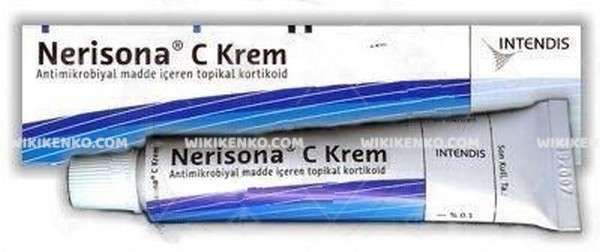
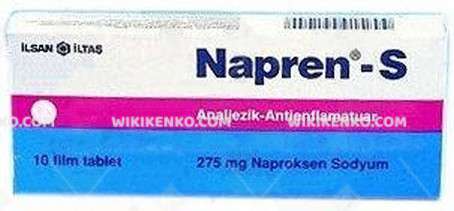

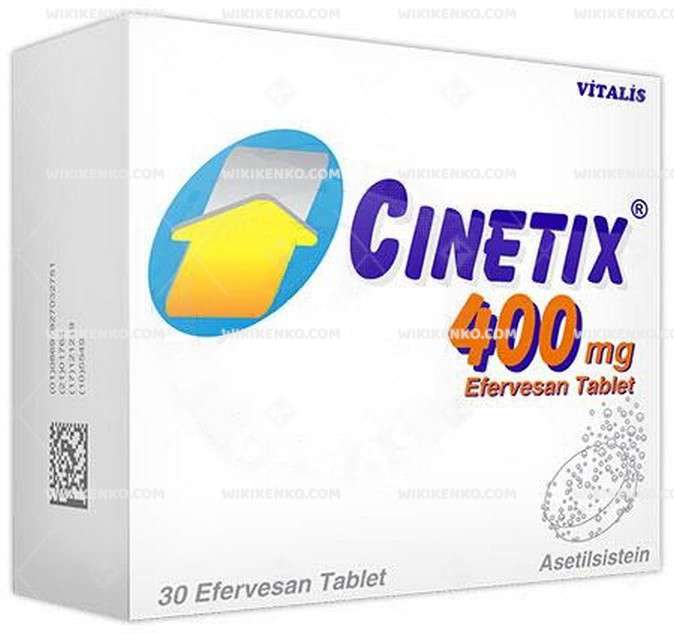
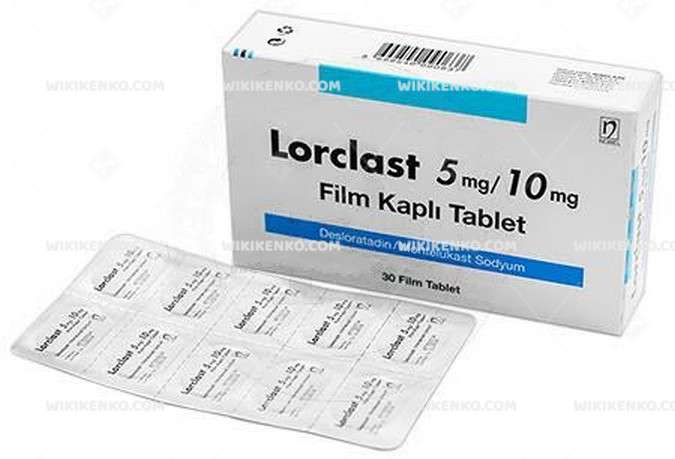
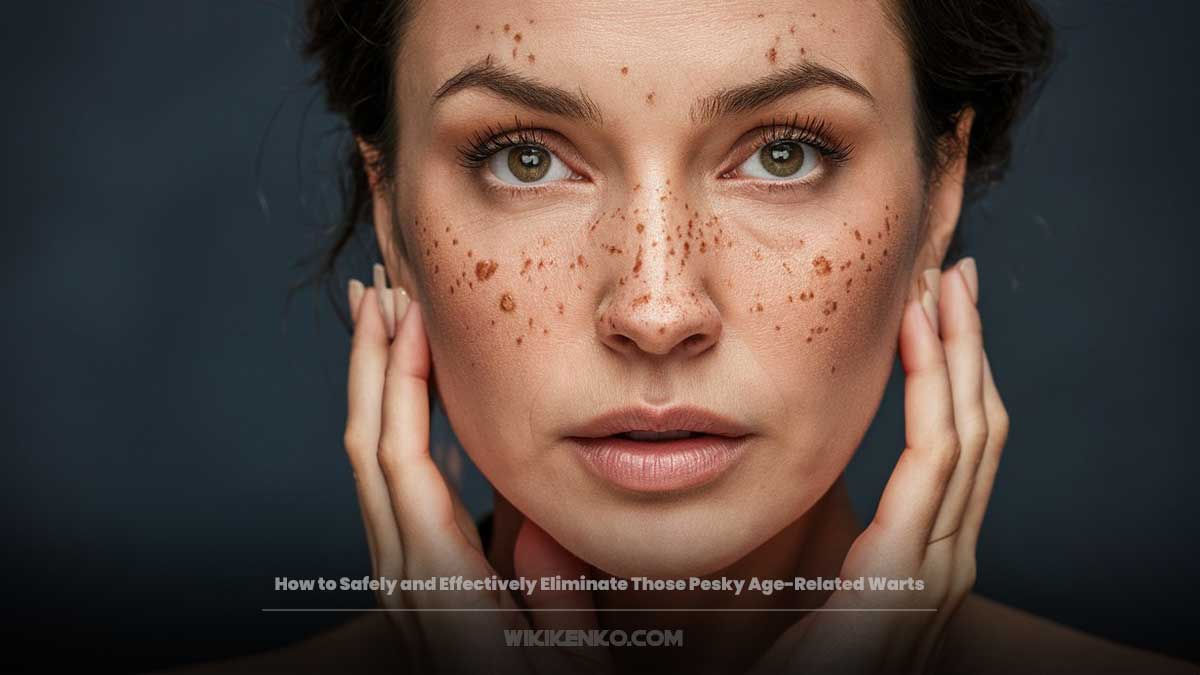



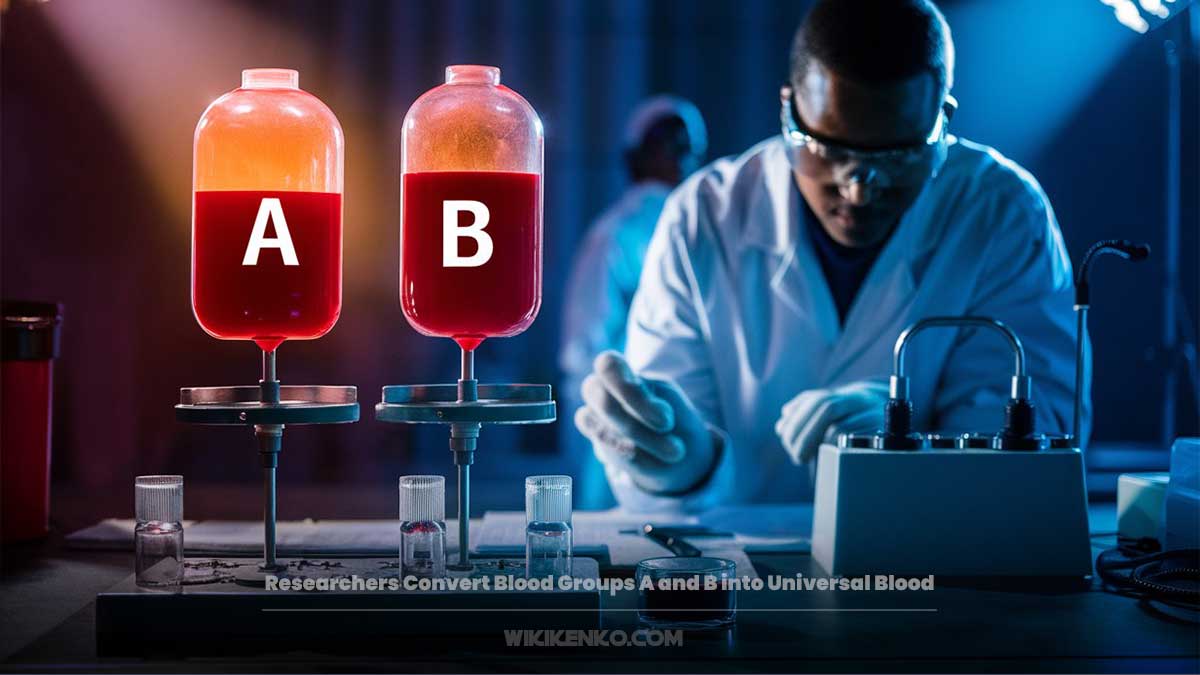



Reviews
There are no reviews yet.